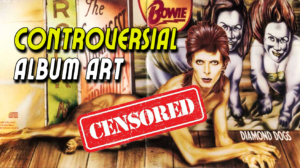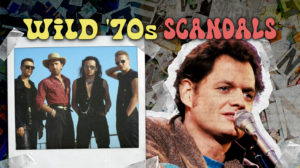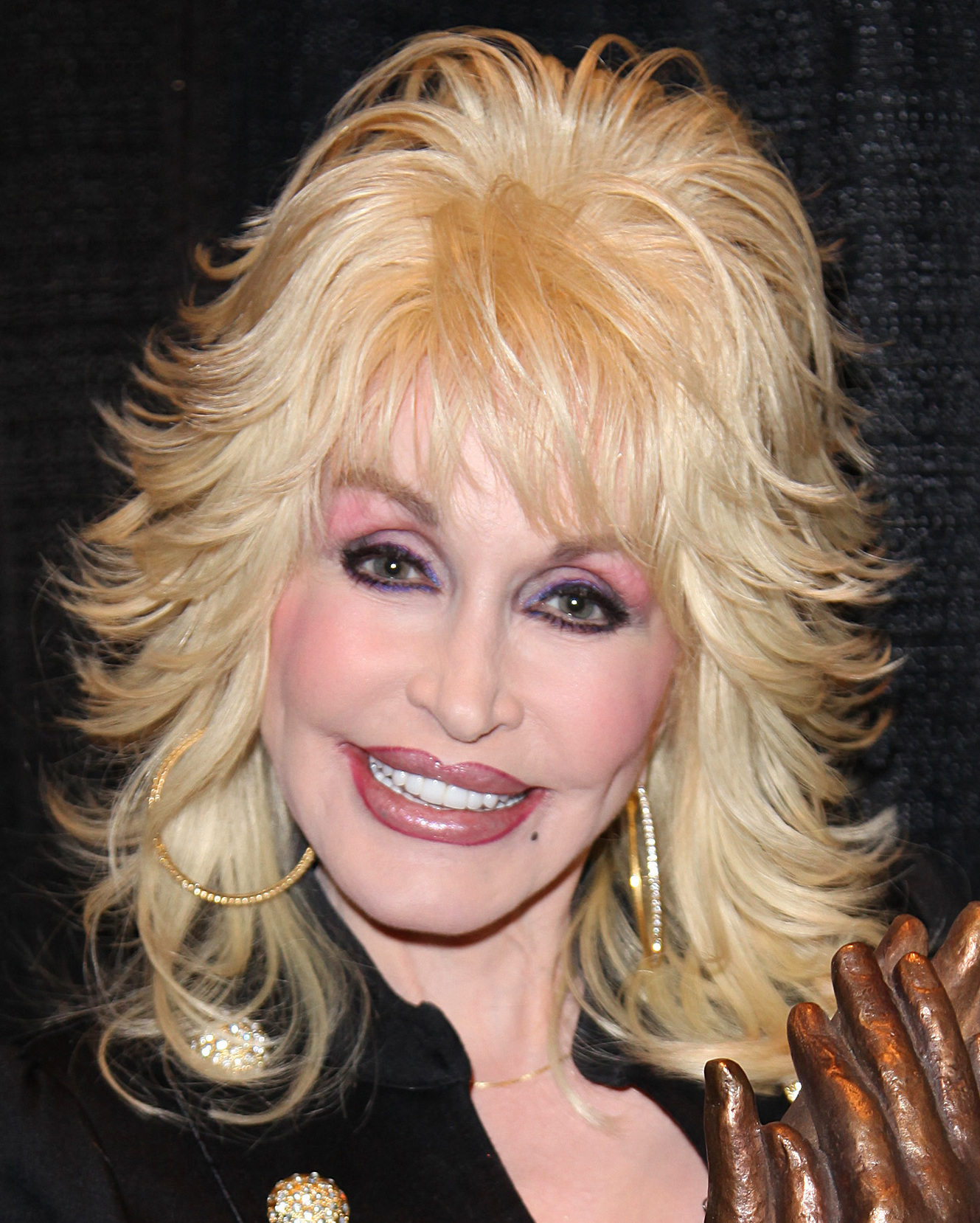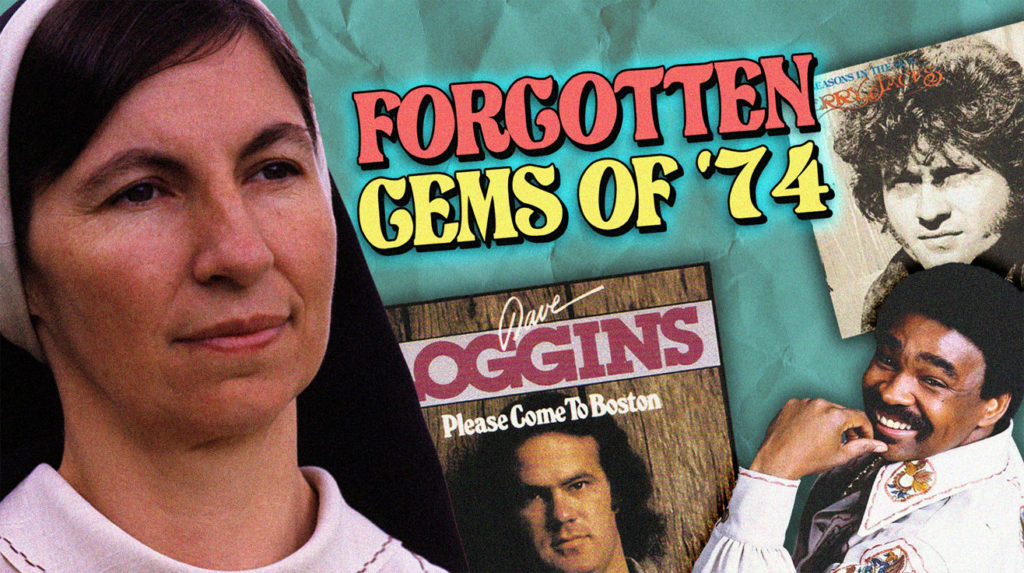
Picture a year where fleeting fame met musical diversity. 1974 gave us 15 memorable one-hit wonders – songs that topped charts but marked their creators’ only major success. These artists briefly dominated radio then vanished from spotlight.
From disco beginnings to soft rock ballads, they captured specific moments in time. Think of these songs as perfect soufflés – rising magnificently before quickly deflating yet leaving an unforgettable taste in our cultural memory.
15. Seasons in the Sun by Terry Jacks
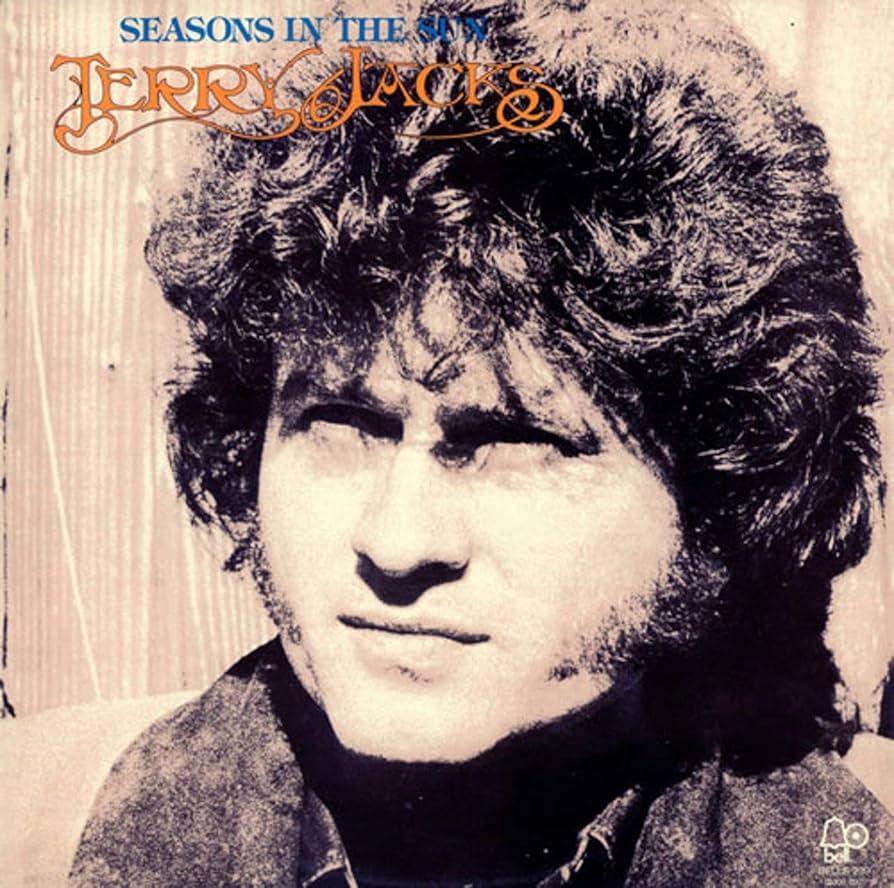
In an era hungry for emotional connection, Terry Jacks delivered “Seasons in the Sun” in December 1973, quickly dominating early 1974 charts. This emotional, bittersweet adaptation is among the greatest songs ever written. Jacques Brel’s 1961 song featured Rod McKuen’s English lyrics, further softened by Jacks.
The result topped Billboard Hot 100 for 3 weeks and hit #1 in Canada and the UK. Critics occasionally labeled it overly sentimental, but audiences disagreed. This global phenomenon sold over 11 million copies worldwide, defining the poignant mood of early 1970s pop.
14. Kung Fu Fighting by Carl Douglas
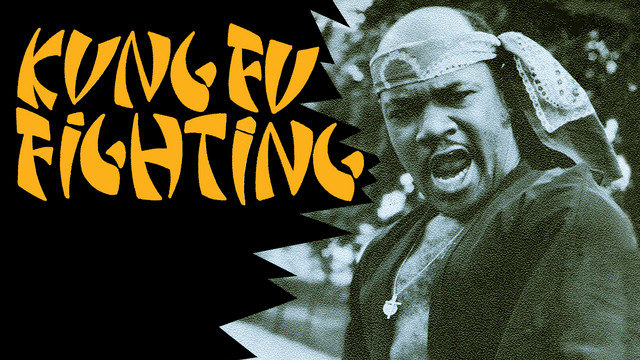
Martial arts fever swept America in 1974, and Carl Douglas perfectly captured the cultural moment with “Kung Fu Fighting.” The song swiftly climbed to number one on Billboard Hot 100, also topping charts in the UK and Canada.
Its distinctive disco beat and humorous delivery helped it sell over 11 million copies globally. While critics dismissed it as a novelty hit, the song pioneered blending pop culture phenomena with music. Like the famous “wax on, wax off” technique from The Karate Kid, this song polished its way into our collective memory.
If you’re looking for a guaranteed dance floor filler that transcends generations, this martial arts anthem still packs a powerful punch.
13. I Can Help by Billy Swan

When genres divided radio audiences, Billy Swan’s “I Can Help” bridged the gap with its universal appeal in July 1974. Featuring a simple melody played on a small organ, it reached number one on both Billboard Hot 100 and Hot Country Singles charts in November 1974, a rare crossover success.
The track’s appeal came from Swan’s authentic delivery and a catchy rhythm that crossed genre boundaries. Its earnest tone made it a radio favorite, ensuring its place in nostalgic playlists decades later despite Swan’s limited follow-up success.
The song’s straightforward charm continues to offer musical comfort food whenever simplicity feels like a breath of fresh air.
12. Rock Your Baby by George McCrae

This pioneering disco hit emerged from modest recording conditions in May 1974. Written and produced by KC & the Sunshine Band members, George McCrae’s “Rock Your Baby” quickly dominated charts for 2 weeks.
Selling over 11 million copies globally, it received praise from John Lennon and reportedly inspired ABBA’s “Dancing Queen.” The initial demo took just 45 minutes to record before McCrae added his signature falsetto vocals, proving a basic demo could achieve massive success.
Much like a master chef can create a gourmet meal from simple ingredients, McCrae turned minimal studio resources into a musical feast that helped launch the disco revolution.
11. Smoking in the Boys Room by Brownsville Station
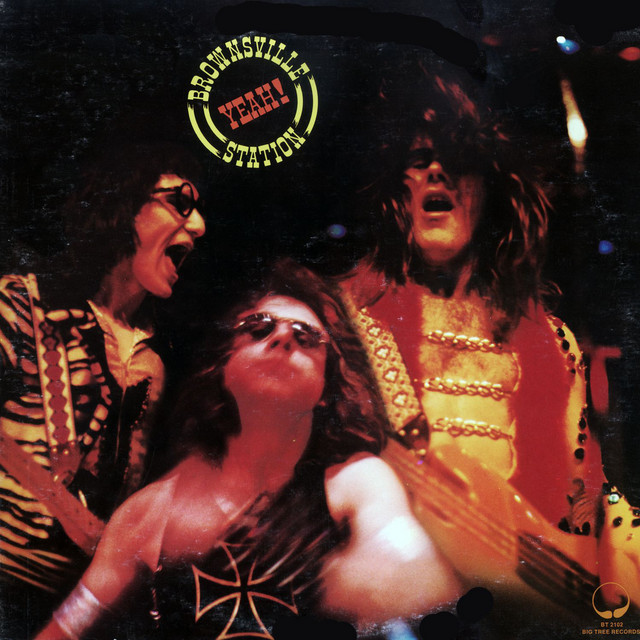
If you’ve ever rebelled against authority, Brownsville Station’s anthem spoke directly to your teenage spirit. Released in October 1973, this teen rebellion anthem climbed to number three on Billboard Hot 100 in early 1974. The lyrics about sneaking cigarettes at school connected strongly with teen audiences.
After a Portland, Maine radio station put it in heavy rotation, the song became their biggest hit. Its raw energy and catchy hook remain influential, later covered successfully by Mötley Crüe, cementing its status as a classic rock staple.
The song’s celebration of rule-breaking reminds us that sometimes, the most memorable tunes come from tapping into universal teenage experiences.
10. Rock On by David Essex

A bold experiment in minimalism, “Rock On” hit airwaves in August 1973 with a unique minimalist sound. This glam rock hit peaked at number five on Billboard Hot 100 in 1974 and reached number three on UK charts.
Its sparse, haunting arrangement featured lyrics honoring early rock legends like James Dean. The distinctive production elements made it instantly recognizable and earned Essex his sole major US hit. The song’s stripped-down approach works like a perfectly reduced sauce – fewer ingredients creating more intense flavor.
In a decade known for excess, Essex proved that sometimes what you leave out of a song creates more impact than what you put in.
9. Theme from Tubular Bells by Mike Oldfield
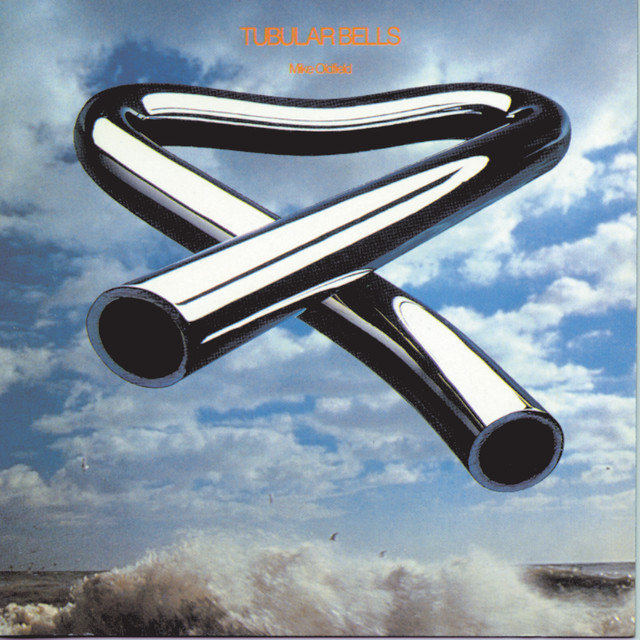
Horror film fans instantly recognize this haunting melody that reached US audiences in 1974, climbing to number seven on Billboard Hot 100. While the full album was released in 1973, the opening theme gained widespread fame through its use in the horror film “The Exorcist”.
This hypnotic, multi-instrumental composition became one of the most recognizable and effective film themes ever created. The association with the blockbuster movie elevated its cultural impact, ensuring it remains a haunting and influential piece of music history.
8. Beach Baby by The First Class
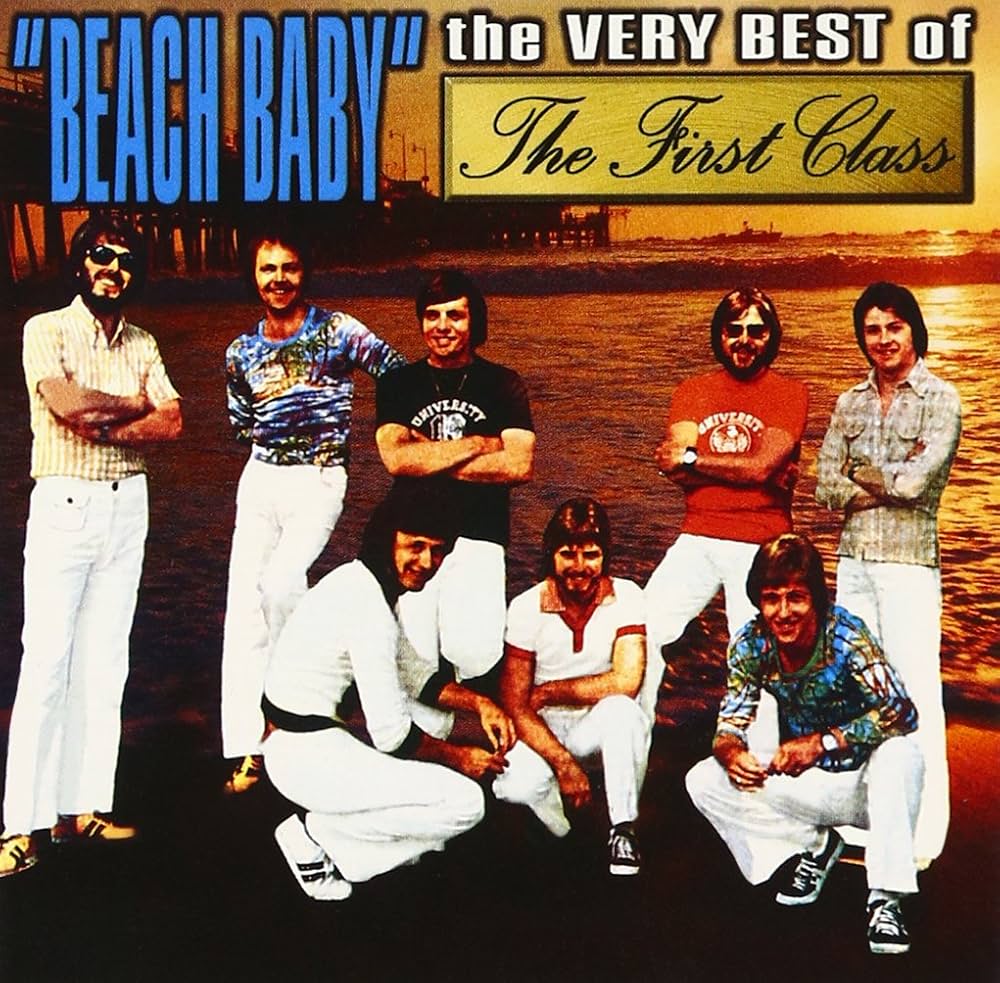
Stuck in the present but yearning for simpler times? First Class offered the perfect escape with “Beach Baby” on May 3, 1974. This nostalgic pop song rose to number four on Billboard Hot 100 and hit number three on Cashbox Top 100. The track evoked 1950s nostalgia through polished 1970s production, featuring memorable melody and harmonized vocals.
Its lyrics about a summer romance from an earlier era captured listeners’ imagination through its breezy sound. The song’s ability to transport audiences to a carefree, romanticized past ensures its continued presence on summer playlists.
Stuck in winter blues? This sunshine-soaked track instantly transports listeners to endless summer, regardless of the actual weather outside.
7. Rock and Roll, Hoochie Koo by Rick Derringer
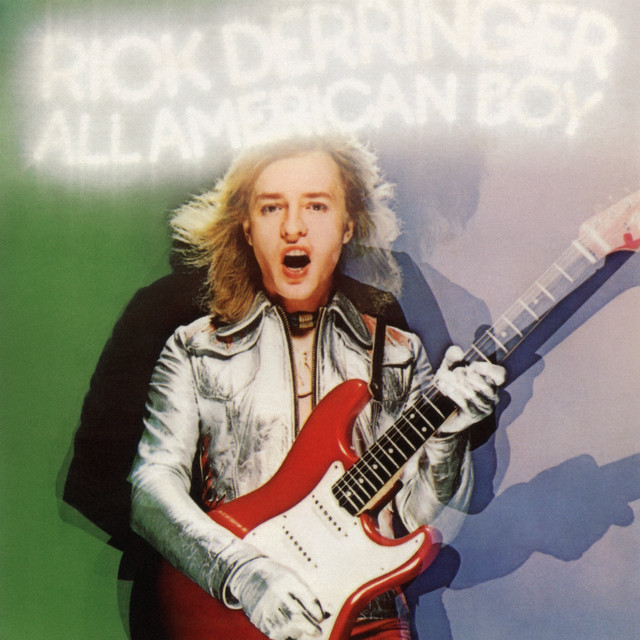
Guitar enthusiasts still study the signature guitar riff that drives Rick Derringer’s 1974 rock anthem. First recorded by Johnny Winter in 1970, Derringer’s version appeared on his album “All American Boy” released in October 1973.
The track features raw energy that made it a favorite among guitarists. Though achieving only moderate chart success, reaching number 23 on Billboard, the song’s strong association with 1970s rock culture secured its place in classic rock radio and guitar hero compilations.
Like the famous “I’ll be back” line from The Terminator, this song promised it would return – and did so through its cultural impact exceeding commercial performance.
6. Be Thankful for What You Got by William DeVaughn
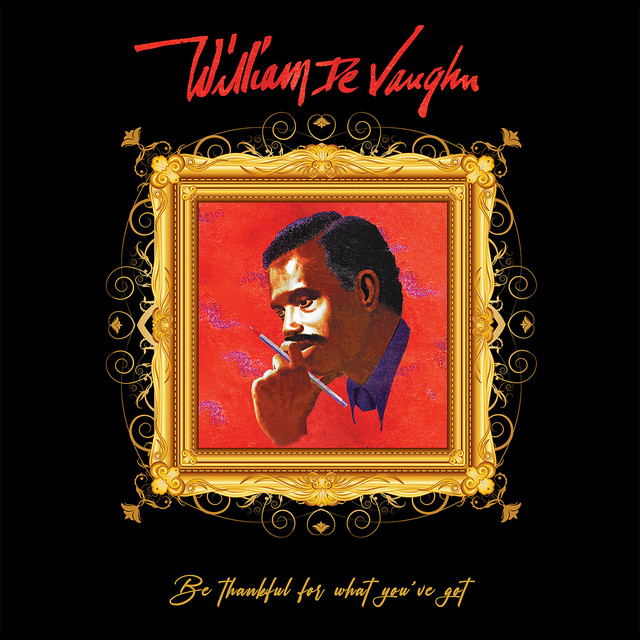
In a materialistic era obsessed with luxury, William DeVaughn offered a refreshing message of contentment with “Be Thankful” in March 1974. Originally titled “A Cadillac Don’t Come Easy”, it topped the US R&B chart and reached number four on Hot 100.
Recorded at Philadelphia’s Sigma Sound Studios with MFSB group members as session musicians, the song gained attention for its smooth production and influential Philly soul sound. Its message of gratitude and contentment resonated across audiences, creating lasting influence demonstrated by frequent sampling in hip-hop and R&B tracks decades later.
The smooth groove combined with philosophical lyrics created a timeless message that transcends both musical trends and generational divides.
5. Hang On In There Baby by Johnny Bristol
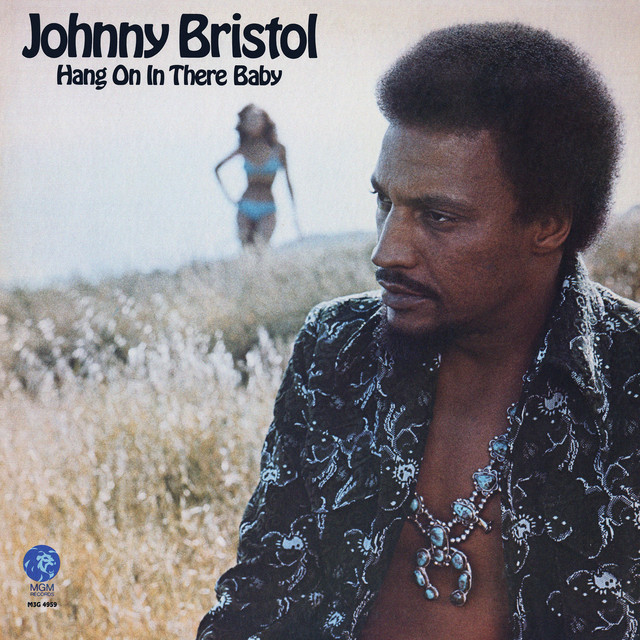
Facing tough times? Johnny Bristol’s inspirational soul anthem provided the perfect soundtrack for perseverance in 1974. Climbing to number eight on Billboard Hot 100 and reaching number two on the US R&B chart, the song also reached number 31 in the United Kingdom.
Bristol, who produced the track himself, delivered powerful vocal performance with lush orchestration, blending smooth soul with romantic pop balladry. Its lyrics offer encouragement and hope with subtle sensual undertones. The soulful sound made it a staple of slow jams and R&B playlists that continues to inspire listeners today.
The song’s title became a catchphrase for overcoming obstacles, proving music can provide emotional support during life’s challenging moments.
4. Life Is A Rock But The Radio Rolled Me by Reunion
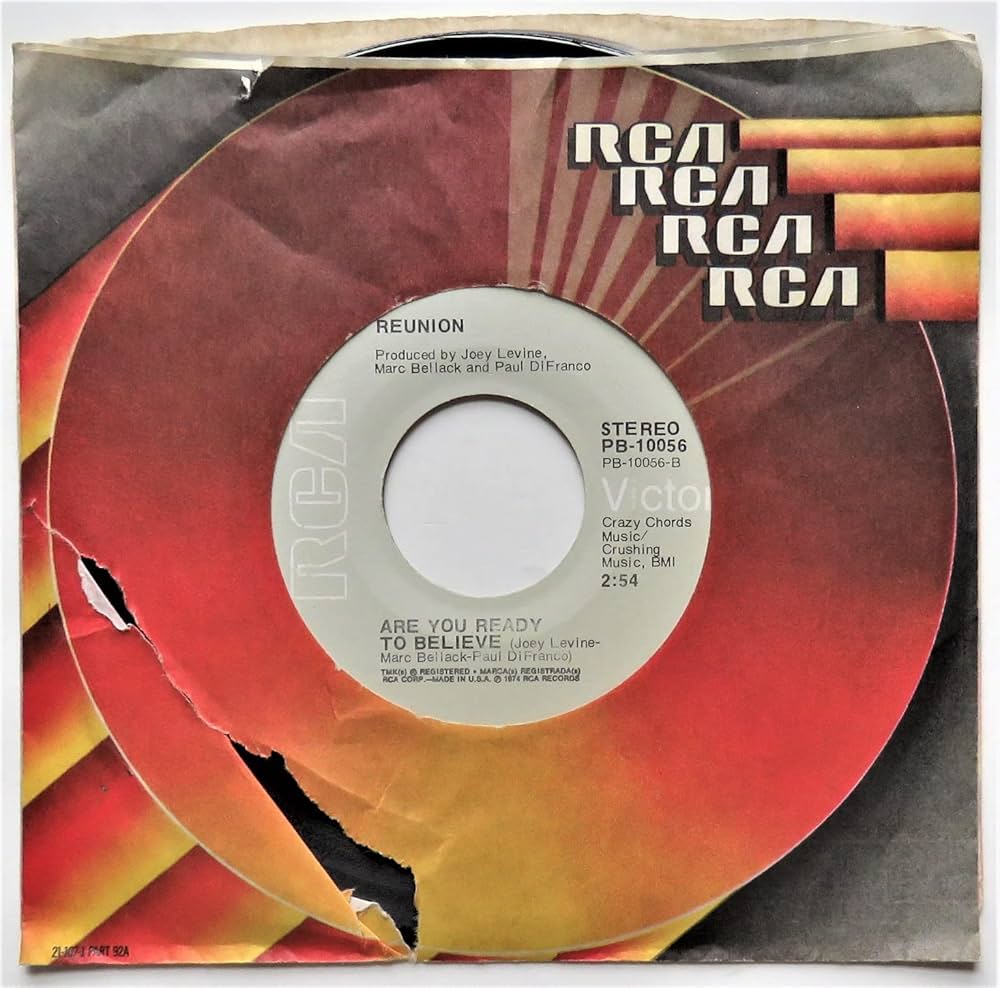
Music history condensed into three minutes hit airwaves when Reunion released “Life Is A Rock” in September 1974. This novelty hit peaked at number eight on Billboard Hot 100 and reached number 33 on the UK chart. Its unique, rapid-fire lyrics reference numerous musicians and pop culture moments from the 1950s through 1970s.
While its novelty nature limited its longevity in mainstream music, listeners enjoyed trying to catch every artist and song title mentioned. Much like folding all ingredients into a complex recipe, the song blended decades of music history into one catchy track.
The track remains a fun nostalgic favorite for those who experienced 1970s radio culture.
I once watched my uncle try to memorize every reference in this song. Three weeks and dozens of plays later, he could recite about 80% of it. “Best brain exercise ever,” he claimed.
3. The Lord’s Prayer by Sister Janet Mead
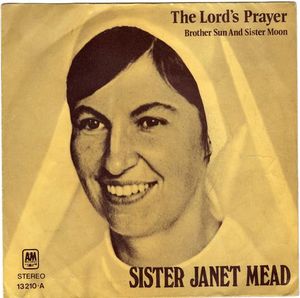
Sacred text meets rock music? Sister Janet Mead made it work in 1973 with this rock version of the famous prayer. It hit number four on Billboard Hot 100 and reached number two on the adult contemporary chart in 1974.
Selling nearly 3 million copies worldwide, she became the first nun since 1963 to achieve significant chart success. Her successful blend of Christian hymns with contemporary rock influences proved religious music could achieve mainstream commercial appeal. The song demonstrated music’s power to transcend cultural and religious boundaries.
Religious leaders initially criticized the rock treatment, but the song’s success opened doors for future contemporary Christian music to reach mainstream audiences.
2. Please Come to Boston by Dave Loggins
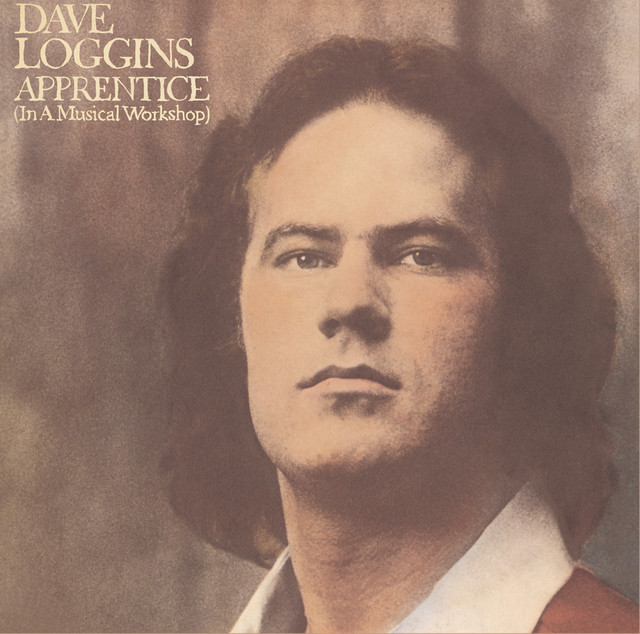
Long-distance relationships find their perfect musical expression in Dave Loggins’ heartfelt 1974 release. This storytelling ballad reached number five on Billboard Hot 100 and topped the Easy Listening chart.
Its lyrics tell of a traveling man’s journey through Boston, Denver, and L.A., begging his lover to join him while she asks him to return to Tennessee. Loggins’ tender vocal delivery and the song’s strong narrative lyricism resonated with audiences seeking emotional depth. The relatable themes of love, longing, and the concept of “home” ensure its continued place in soft rock retrospectives.
The geographical travelogue combined with emotional tension creates a musical postcard from an era when long-distance calls were expensive and text messages nonexistent.
1. Tell Me a Lie by Sammy Johns
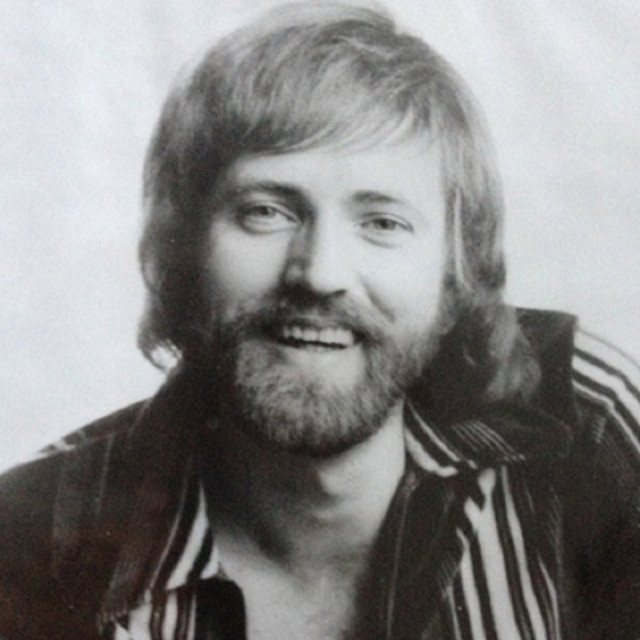
When truth hurts too much, Sammy Johns offered musical comfort in February 1974. This soft rock ballad peaked at number 21 on Billboard Hot 100, number 14 on the adult contemporary chart, and number 17 in Canada.
The emotionally resonant lyrics express heartbreak and longing, delivered with sincerity that appealed to fans of reflective music. Though achieving more modest success than some other entries on this list, the song found an audience seeking solace in music.
Johns’ ability to convey vulnerability through his singing helped the track become a staple among soft rock enthusiasts.
Chart position doesn’t always reflect lasting impact – this modestly successful single continues to connect with listeners navigating the choppy waters of romantic disappointment.




